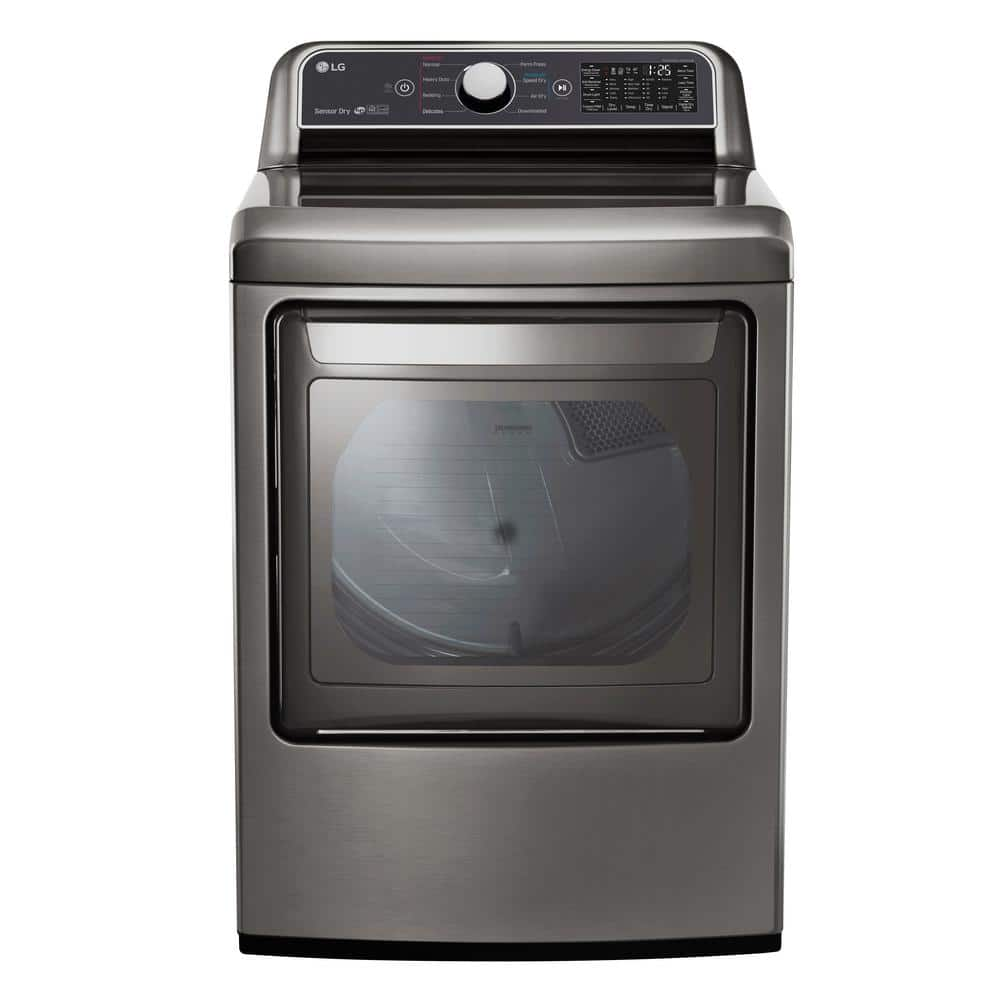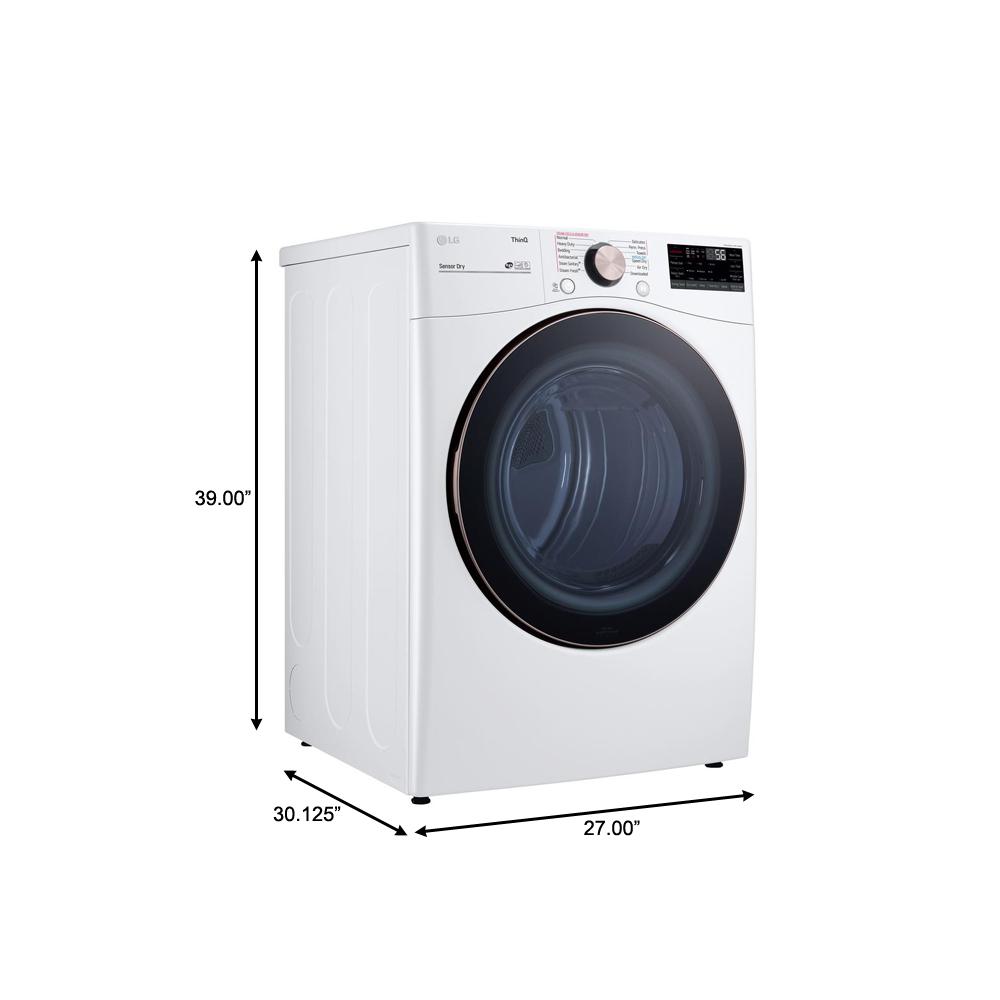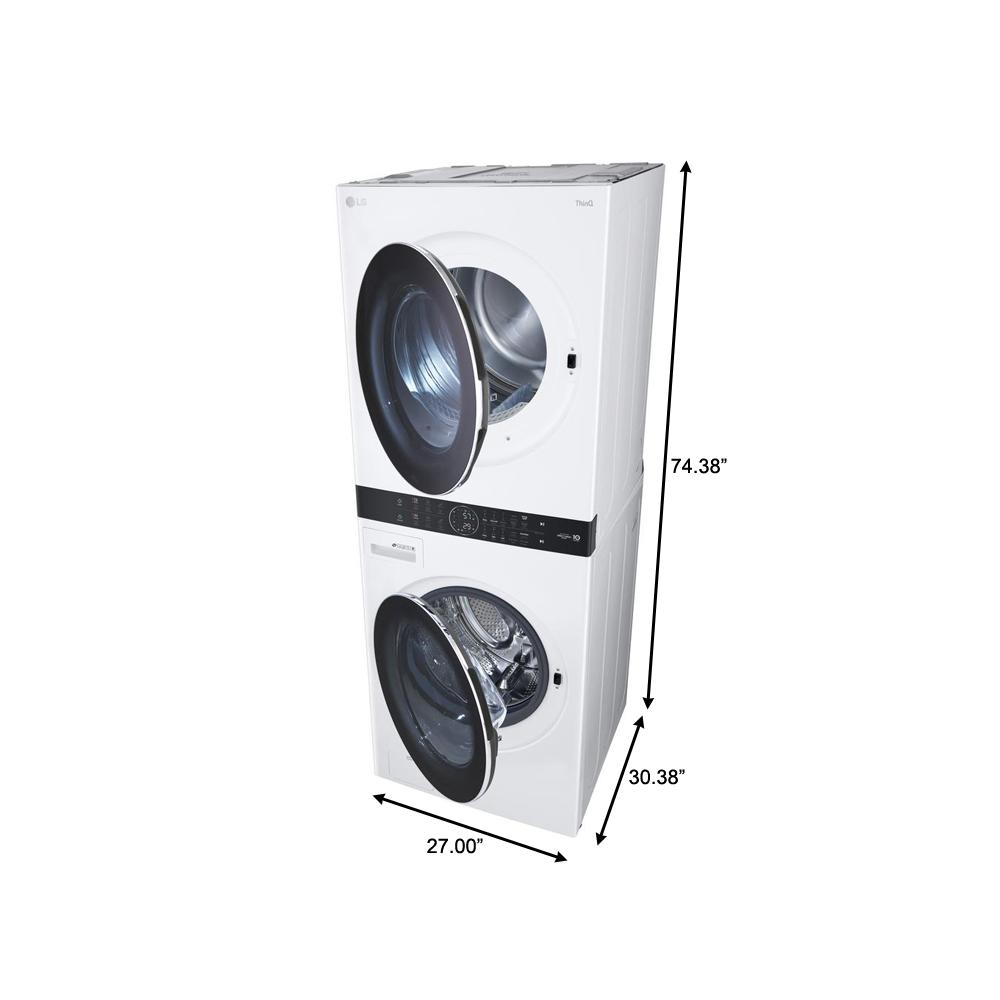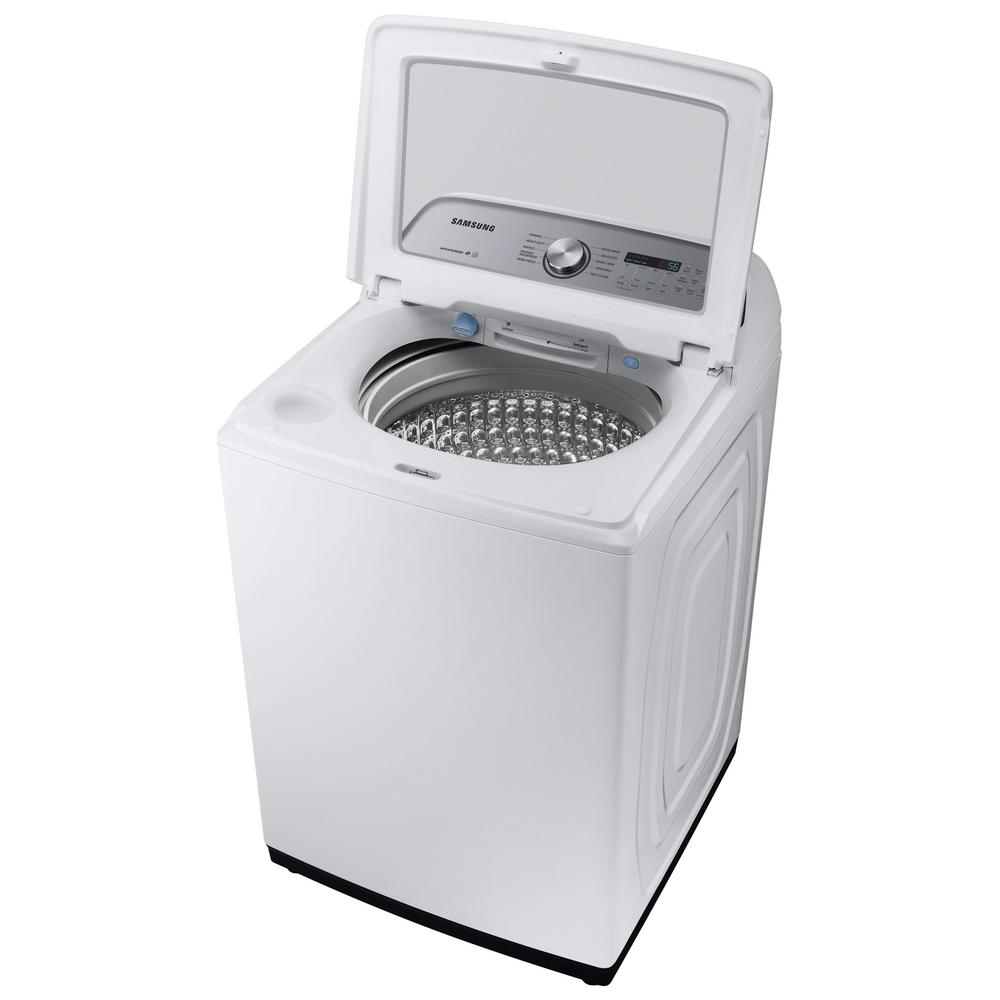LG Electronics 7.3 cu. ft. Ultra Large Graphite Steel Smart Electric Vented Dryer with EasyLoad Door and Sensor Dry, ENERGY STAR
Loading & unloading dryer is easier w/ EasyLoad dual door opening. Electric Dryer pairs best with LG Washers WT7300CV & WT7305CV. Smart Home & Wi-Fi enabled to operate & troubleshoot w/ phone app.
No one said laundry day was easy-but LG dryer innovations might just change your mind. It starts with the flexible LG EasyLoad door that opens 2 ways for easy loading and unloading. LG Sensor Dry system measures the amount of moisture levels throughout the cycle and automatically adjusts the drying time. One touch says it all: perfectly dry clothes.
- Do laundry a little less often, with 7.3 cu. ft. of capacity, this dryer handles really large loads, saving you time and energy
- Load and unload the way you want to with the dual-opening options of the LG EasyLoad dryer door
- Sensor dry system measures the moisture levels during the cycle and automatically adjusts the drying time
- Monitor or stop your dryer anytime anywhere
- Intuitive dial-a-cycle controls and easy to read dual LED display indicators help you find the right setting every time
- Heat is on – SmartThinQ technology lets you monitor your dryer remotely and update it with the hottest innovations
- Aluminized alloy steel drum has toughness and an attractive finish that will last for years
- Just pop your dry clothes in for a tumble on the wrinkle care option to reduce creases
- Troubleshoot quickly and efficiently with SmartDiagnosis
- 3-minute smart installation check feature ensures that the dryer has been installed properly and is working correctly
- With the FlowSense duct clogging indicator you’ll know when it’s time to clean the ducts out to ensure great drying every time
- Even quieter, there’s no need for laundry to be noisy, the LG LoDecibel motor: chances are you may not even notice it
- When your dryer uses about 20% less energy, you’re going to make an impact on your utility bills, your energy consumption and most importantly, the environment
- Setup an LG service appointment to reverse the EasyLoad dryer door, free of charge, Monday-Friday (excluding Public Holidays) 8:00 am to 6:00 pm CST at 800-243-0000. Reference MODEL# DLE7300VE.
- ENERGY STAR
Additional information
| Depth With Door Open 90 Degrees (In) | 50.25 |
|---|---|
| Door Opening Height x Width (In.) | 17.25 x 19.5 |
| Product Depth x Height x Width (in.) | 29.5 x 44.25 x 27 |
| Certifications and Listings | CSA Listed,Energy Star |
| Manufacturer Warranty | 1 Year Limited Warranty Parts & Labor |






by Alfredo
Easy and fun to use. Great product.
by Tamara
I love my new dryer! Looks and works well!
by David
Easy to use high efficiency dryer. I like how the door can be opened 2 different ways also for ease of loading clothes.
by Sandra
Exactly like we wanted.